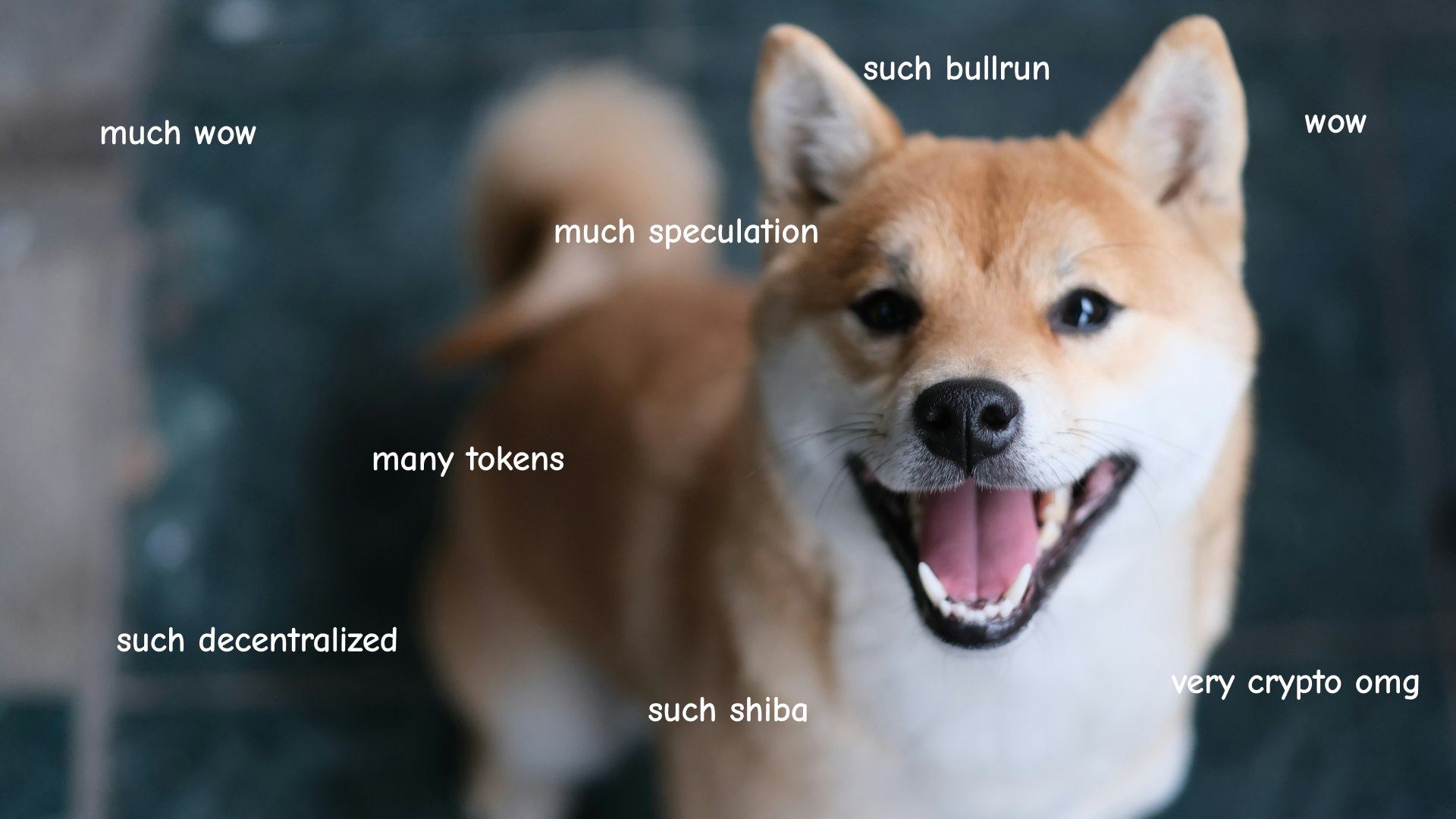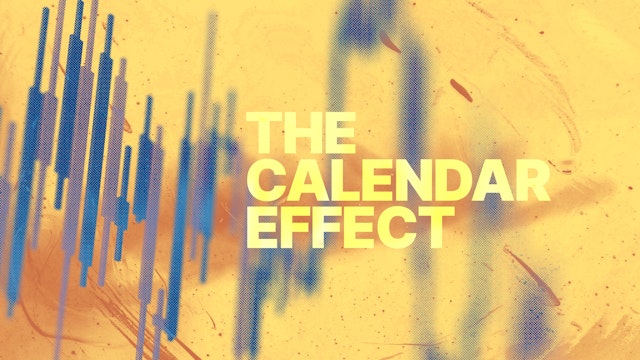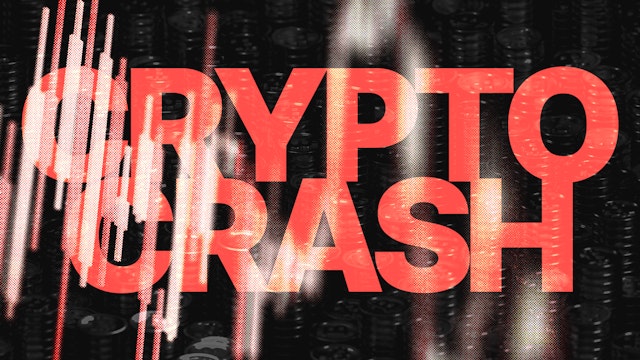From Meme to Meaning: The Institutionalisation of Dogecoin
When a meme becomes a crypto which then mobilises huge investment, mainstream organisations take notice.
In this article...
- The Doge meme because famous in internet culture
- A joke cryptocurrency was soon spawned from the meme
- Years later, mainstream organisations are eyeing it up.

What happens when a joke becomes a ticker? In 2013, Dogecoin, the first “memecoin”, launched as an acknowledgement of internet culture. A decade on, it trades on the world’s biggest exchanges, gets accepted by some household brands, and features in legal filings and market reports.
The shift from meme to “meaning” says as much about today’s attention economy as it does about crypto.
Attention: From TV to Timelines to Tokens
Once upon a time, attention was measured in TV ratings and newspaper circulations. Today, it’s clicks, shares and watch time. The twist? You can now monetise attention on-chain.
Memes don’t just go viral; they become markets. Social feeds can harden into market cap. Fast.
In 2021, “meme mania” saw retail widen participation from stocks to crypto.
The Financial Times captured how meme mania was reshaping US markets, urging investors to study attention patterns alongside fundamentals. Reddit forum discussions pivoted from meme stocks to cryptocurrencies.
By year-end, even mainstream news outlets were asking if 2021 was “The Year of the DOGE?”
Dogecoin: From Meme to Mainstream
Dogecoin started as a joke in 2013, but over the years it’s become one of the best examples of how internet culture and finance can collide. Along the way, DOGE has picked up major exchange listings, brand recognition, regulatory attention, and proved that memes can move real money.
Big Exchange Listings: From Joke to Serious Market Player
When the first exchange listed DOGE in 2021 it marked a turning point. Suddenly, this “meme coin” had access to institutional-grade rails, regulated custody, market makers, and deeper liquidity.
At the same time, another exchange revealed that 62% of its crypto revenue in Q2 2021 came from Dogecoin. That’s not just a meme. It’s market demand at scale.
Brand Acceptance: Confidence Through Culture
Corporate acceptance doesn’t mean everyone will start paying with DOGE, but it does matter for confidence. In late 2021, Tesla began accepting Dogecoin for merchandise, while AMC Theatres allowed customers to buy digital gift cards with DOGE.
These moves were small in dollar terms, but huge in signaling legitimacy. If Tesla and AMC were willing to experiment with it, DOGE wasn’t just an internet joke anymore.
Viral Moments: Attention as a Market Force
In 2023, Twitter (now X) replaced its famous blue bird logo with a Shiba Inu, the Dogecoin mascot. Within minutes, DOGE’s price spiked. This was a clear lesson. In today’s attention economy, a single viral moment on a major platform can shift billions of dollars in value. Rational? Maybe not. Real? Absolutely.
Why Do Memes Move Markets?
Dogecoin’s rise can be explained by a few psychological and cultural factors:
Narrative speed: A Shiba Inu meme seems to travel faster than financial spreadsheets.
Community power: Online tribes generate engagement that can fuel liquidity.
Unit bias: A sub-$1 coin feels “cheap” compared to Bitcoin, giving retail investors a sense of owning more.
Status games: Gains, memes, and in-jokes create social proof loops.
Reflexivity: Attention drives price, and price drives more attention.
In other words, memes can sometimes compress culture into investable moments.
From Meme to Market Infrastructure
Dogecoin’s journey shows how memes can shape real financial systems. Of course, memecoins still carry risks. A handful of influencers can move prices. Fundamentals are thin. If attention fades, so can liquidity. So they aren’t anywhere close to being a safe bet in terms of investment. But there’s no denying that they are fun.
The Bigger Picture
Dogecoin’s story isn’t about turning memes into cash-flowing businesses. It’s about proving that attention itself is an economic input. And in crypto, that attention can become investable in some cases.
Interest in memecoins means that DOGE is less of a joke and more of a mirror, showing how modern markets price stories, community, and culture value.

Suggested Articles

When You Buy Can Affect Your Crypto Exchange Adventures
Your best crypto exchange adventures can be influenced by Santa. Here's how. Read more
Why is Crypto Crashing? Explaining the Crypto Bloodbath
Why is crypto crashing today? Here is the explanation of some of the blow-up.Read more
Where to Keep Cryptocurrency: How to Store Crypto
Discover the best ways to store your crypto. Learn about software wallets, hardware options, and essential security practices.Read moreBrowse by topic
Your information is handled in accordance with CoinJar’s Collection Statement.
CoinJar’s digital currency exchange services are operated by CoinJar Australia Pty Ltd ACN 648 570 807, a registered digital currency exchange provider with AUSTRAC.
CoinJar Card is a prepaid Mastercard issued by EML Payment Solutions Limited ABN 30 131 436 532 AFSL 404131 pursuant to license by Mastercard. CoinJar Australia Pty Ltd is an authorised representative of EML Payment Solutions Limited (AR No 1290193). We recommend you consider the Product Disclosure Statement and Target Market Determination before making any decision to acquire the product. Mastercard and the circles design are registered trademarks of Mastercard International Incorporated.
Google Pay is a trademark of Google LLC. Apple Pay is a trademark of Apple Inc.
This site is protected by reCAPTCHA and the Google Privacy Policy and Terms of Service apply.

